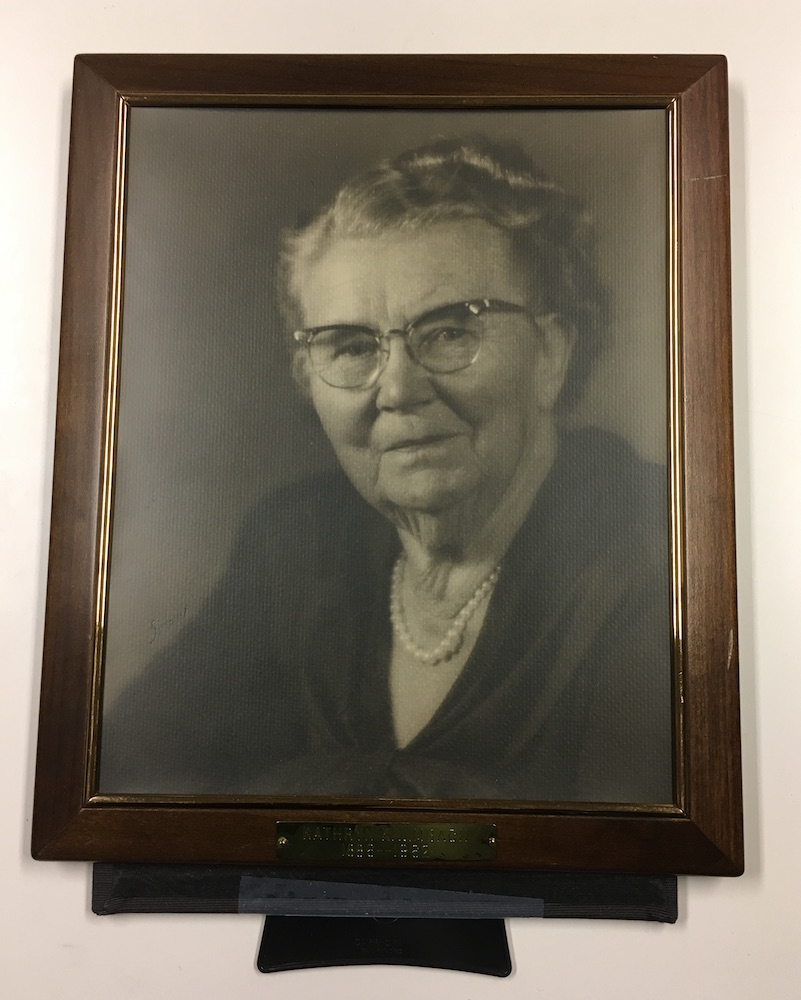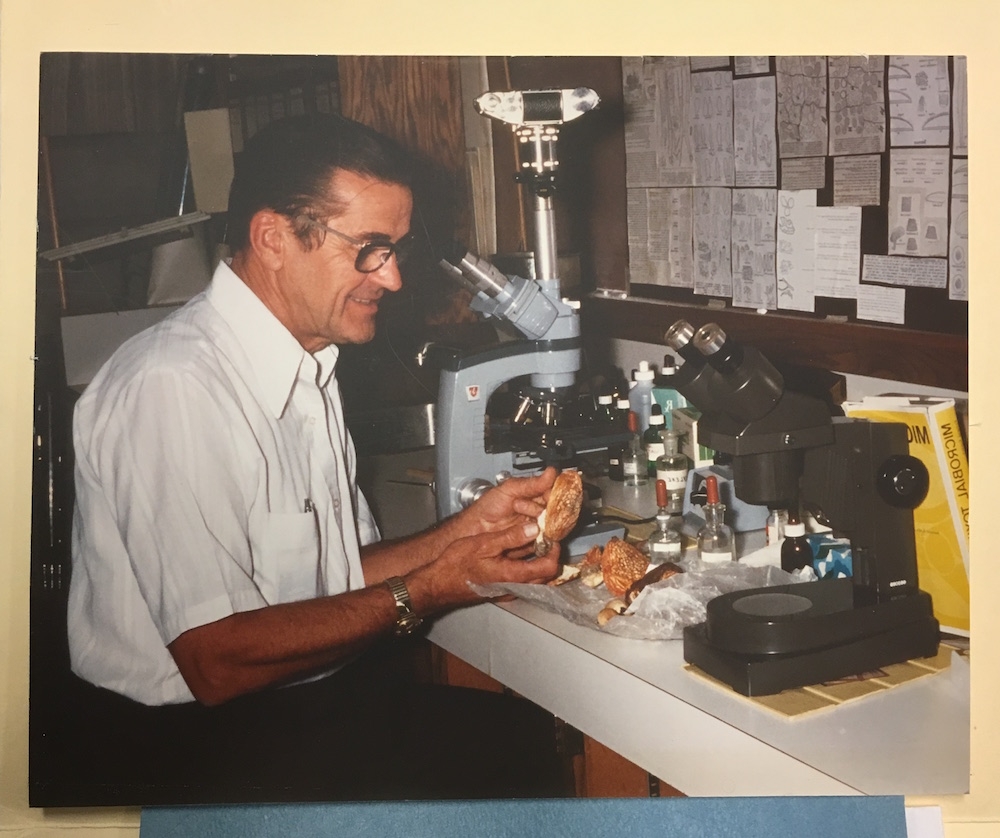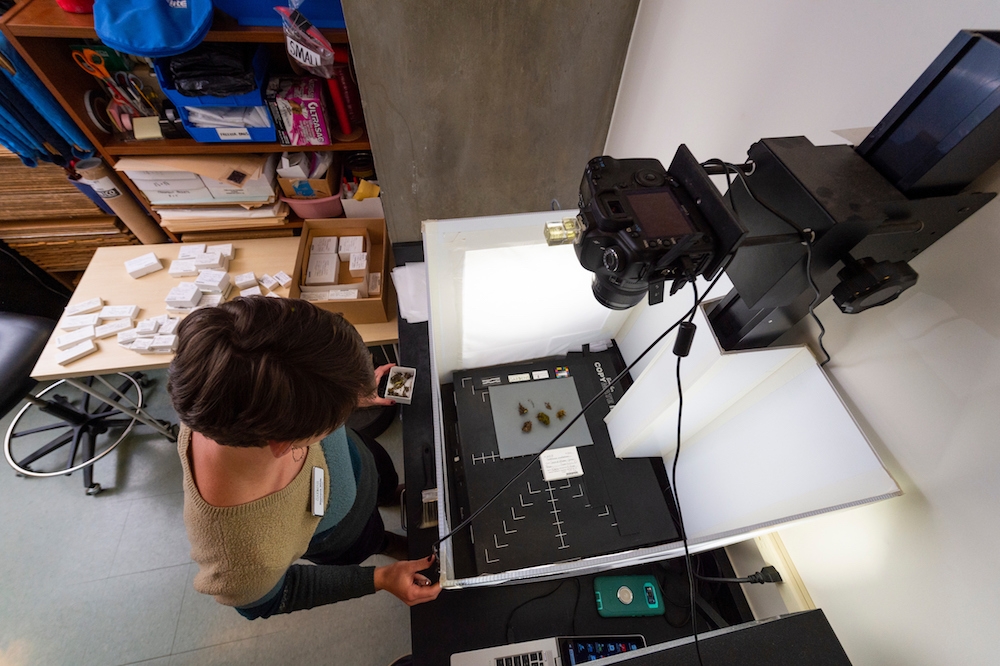Archiving, Imaging and Discovering
In spring 2020, research and conservation herbarium staff – along with the natural history collections – will move from the lower level of the Boettcher Memorial Center to the ground level of the Freyer – Newman Center. The Gardens received a $247,840 grant from the Institute of Museum and Library Services’ Museums for America program to increase the accessibility of these, and other non-living collections. These funds, along with the natural history collections’ relocation to the Freyer – Newman Center, will allow for an expansion in size and accessibility of our collections to researchers and the public.
With the move of staff comes the move of files. Before the Research & Conservation Department was formally established in 1996, Gardens scientists and volunteers conducted plant and fungal research for nearly 15 years. As a result, our department is abundant with history and has abundant files to match. I began preparing for our move to the Freyer – Newman Center in early 2019 by going through files by the thousands; saving what was still important, tossing what was no longer needed and archiving anything of historical value.
A newly formed collection, the research and conservation archives, consist of over 300 historical documents, photos and artworks related to the founding experts of our natural history collections, research projects past and more. I had the pleasure of examining, cataloguing and carefully packing each of these items for the move.
With the move of staff also comes the move of specimens. As 2019 begins to wind down and our move draws nearer, I am asked to spend time with historical collections of another kind – specimens from the Sam Mitchel Herbarium of Fungi. Just as it is important that every archive is examined, cataloged and carefully packed, it is important that every fungal specimen is barcoded, photographed alongside its data and wrapped in archival tissue paper to protect it from excess movement during the re-location process. This process, called “imaging,” creates data-rich photos which are uploaded to the MyCoPortal, where they exist as part of specimen records and are discoverable to researchers and the public alike.
Through my days archiving and imaging, I’ve discovered that – even before we had an imaging booth and precise photographic protocol – our scientists were always interested in capturing images of specimens. In 1971, artist and volunteer Shirley Chapman accompanied Gardens scientists on a trip to Quarter Circle V Ranch in Summit County, Colorado and, in great detail, painted each of the nine specimens collected that day.
In many ways, this archive serves us in the same way that our specimen images do. Like a true scientist, Shirley ensured that each specimen rendering included some form of data. Looking closely, you can see that each painted fungus has a scientific name and record number written underneath it – making for a beautiful and data-rich work of art.
During her time with the Gardens, Shirley painted a total of 17 specimens, 16 of which we have not yet imaged ourselves. I look forward to connecting with more of Shirley’s specimens as I carry on the imaging process and hope to discover further connections between our archives and our specimens as we prepare to move these historical collections to their new space in the Freyer – Newman Center.






Add new comment